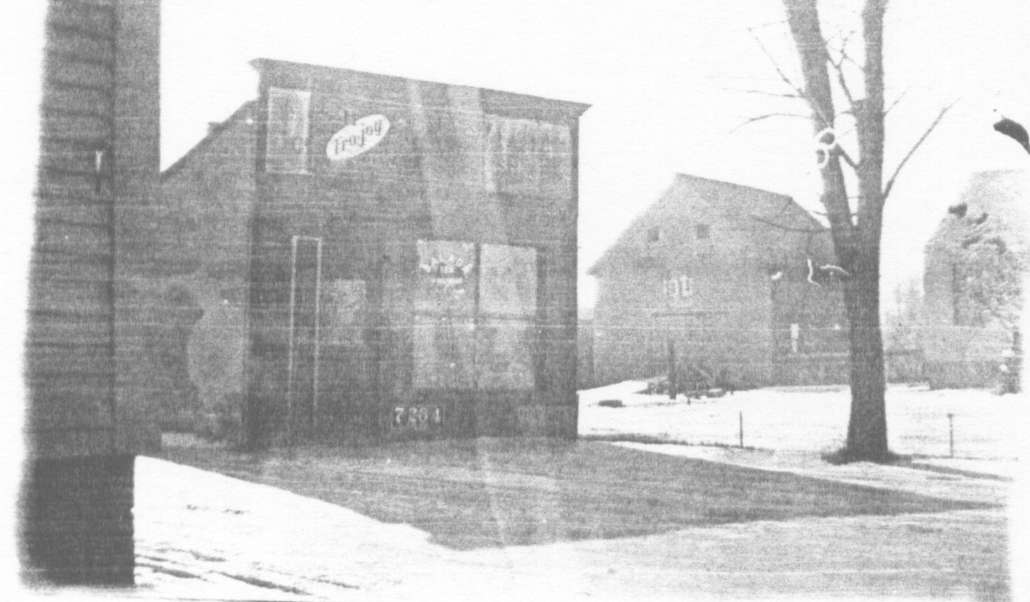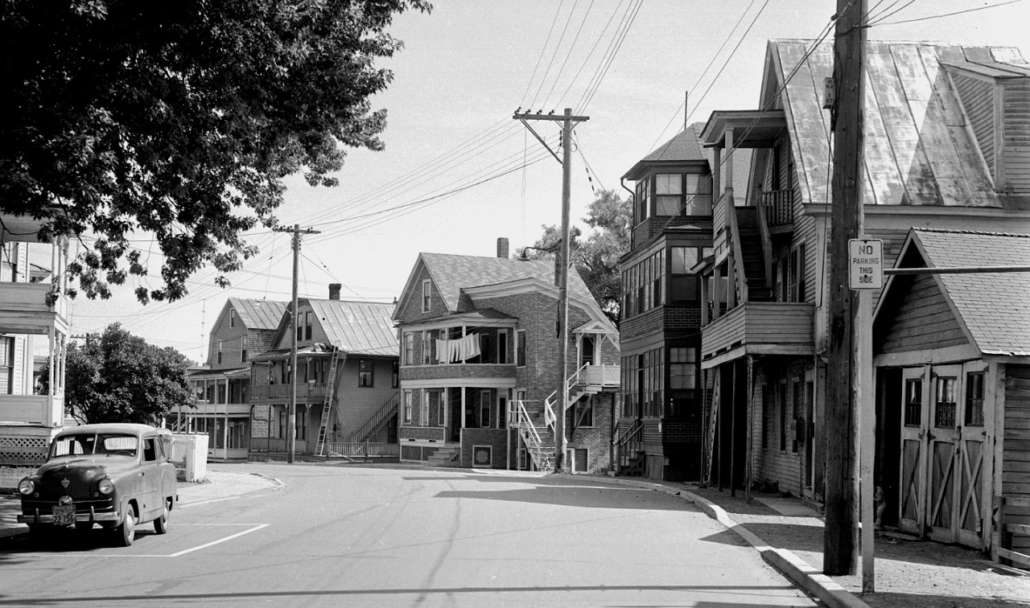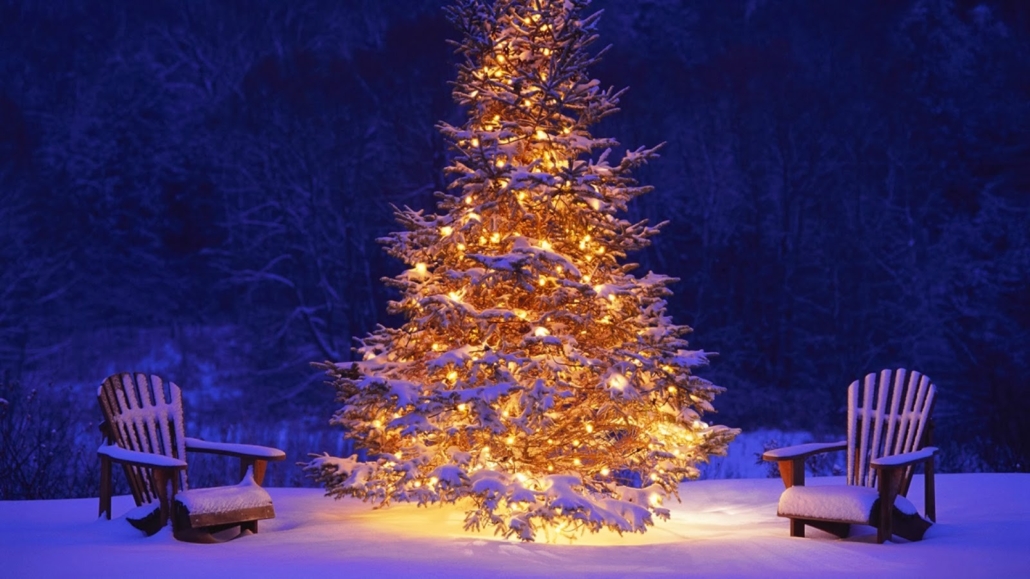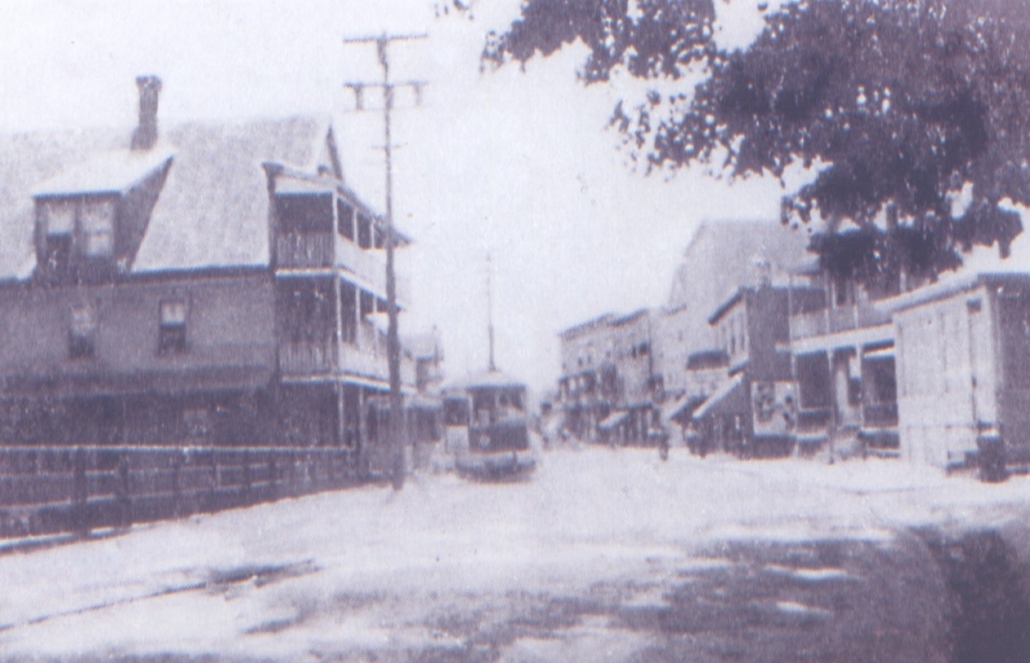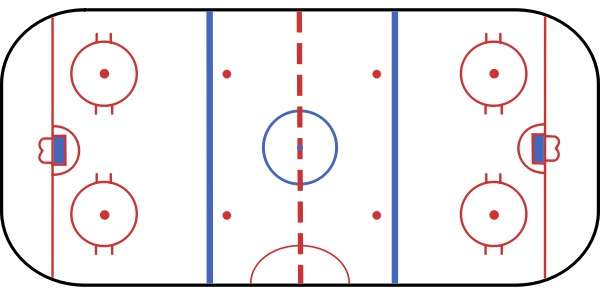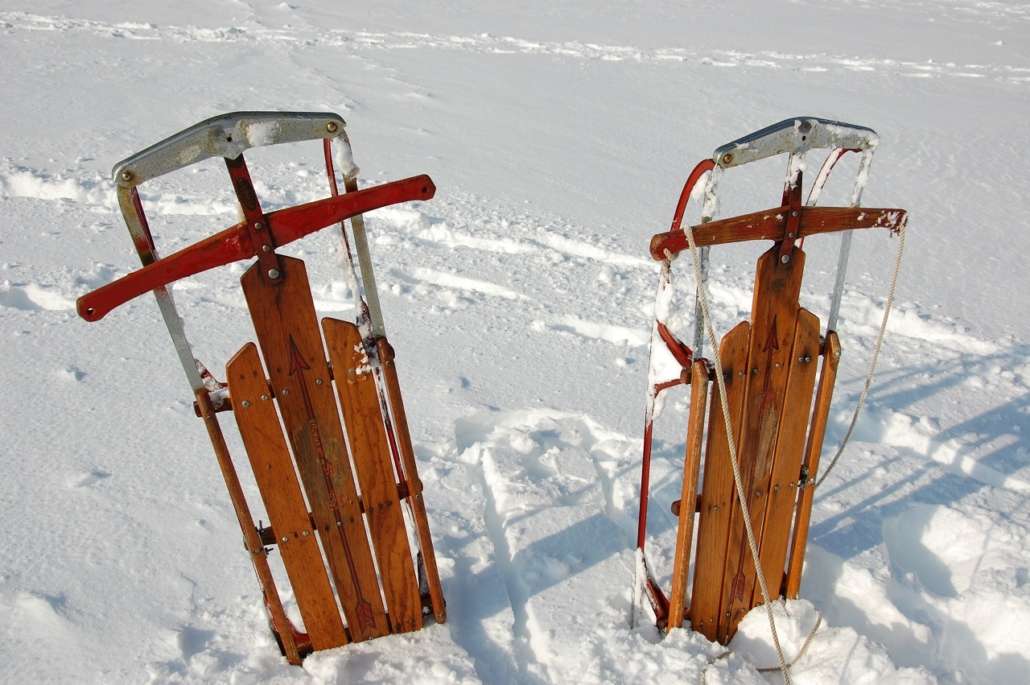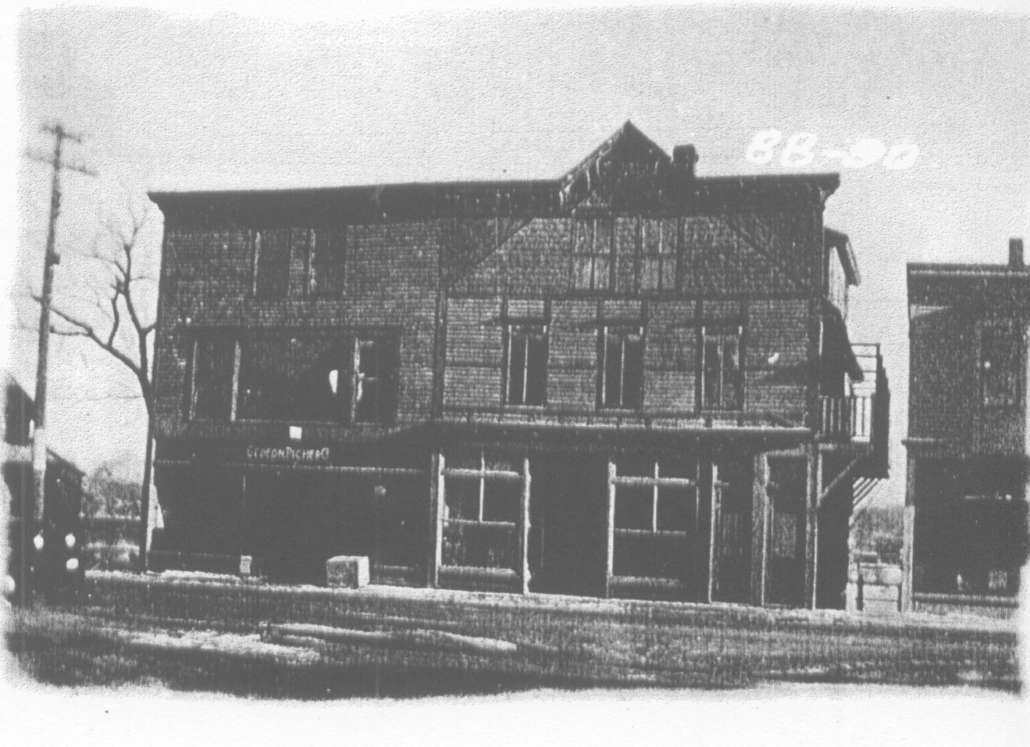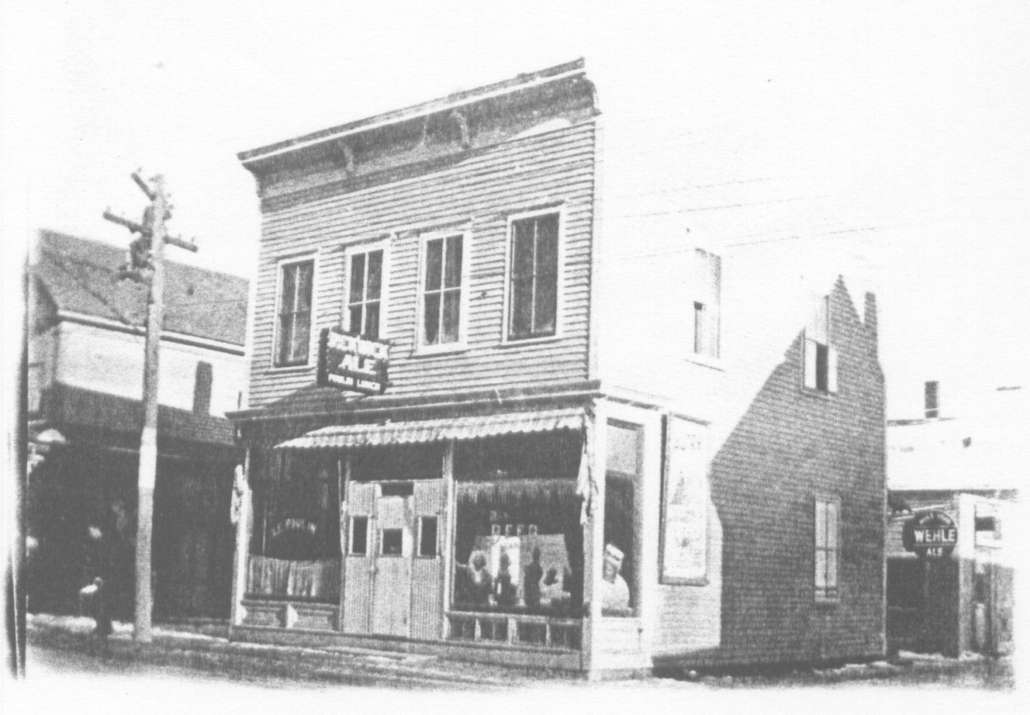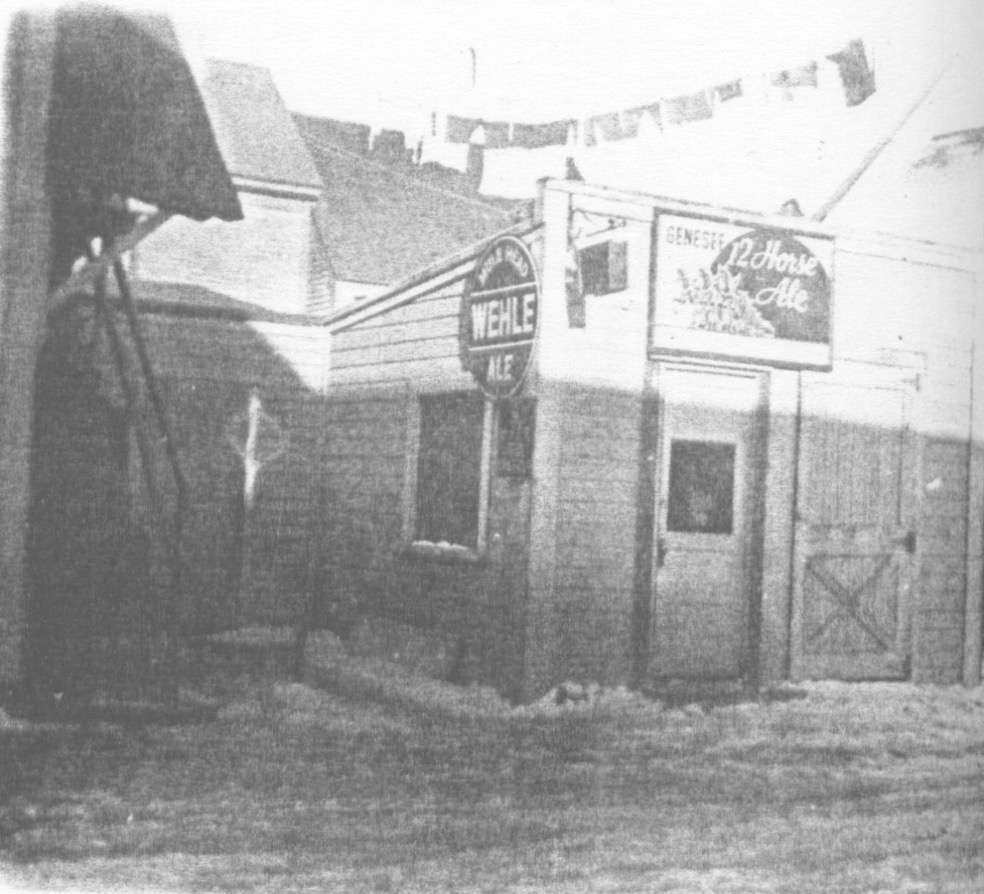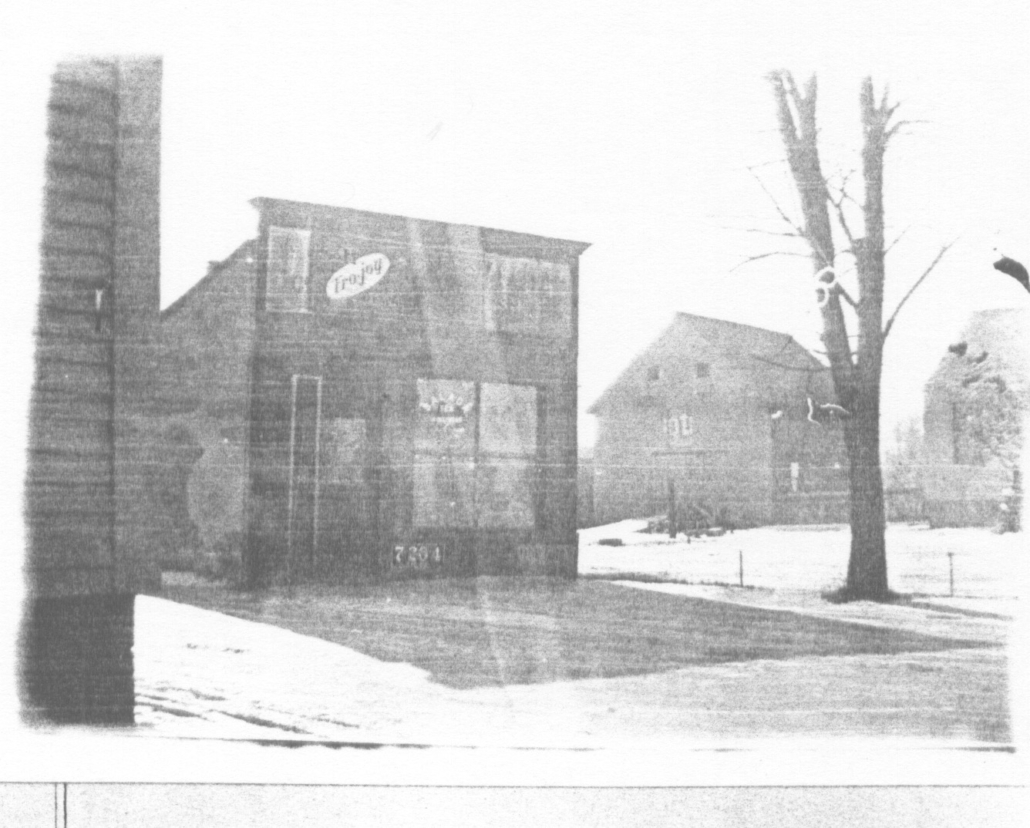LIFE ON THE PLAINS: Remembering snow days in the ‘60s
 by Roland D. Hallee
by Roland D. Hallee
The winter storm that blew through our area on Monday, and a story I read in the daily newspaper about eliminating snow days in lieu of remote learning, it reminded me of the days back in the 1950s and ‘60s when we would, on rare occasions, experience a snow day from school.
I have to preface this with explaining how things were done back then.
The Waterville Fire Station, which still stands at the head of downtown, was used for other things besides storing fire trucks. One of the routines was when the fire trucks were ready to leave the station, a horn would blow in a certain pattern. Let’s just say you would get two blasts, followed by three blasts, followed by one blast, people would go to the chart provided by the fire department, and the series of blasts would indicate where the fire was in the city.
Also, back in those days, every day, at 9 p.m., the fire horn would sound telling all children under a certain age – the exact age escapes me – would have to be off the streets and at home.
It would also be used to signal no school on storm days with three long blasts.
So, when the weather forecasters predicted a major storm, we would rise the following morning with the anticipation of hearing the fire horn, usually around 7 a.m. It didn’t happen often, but when it did, we all rejoiced – for a moment.
You see, we didn’t get the day off to sit in front of television, or play on our nonexistent, at the time, cell phones or other electronic devices. It was put on your flannel pants, flannel shirt, boots, and warm jacket, to go outside to shovel the driveway. As mentioned in the past, my dad didn’t believe in paying someone to plow when he had four strapping boys at home. Also, back then, no snow throwers.
Following the tedious work, which took several hours, considering our driveway was over 100 feet long, we would be allowed to do whatever was left to the day. It could mean going sledding, tobogganing, or for some of us, pick up a shovel and scourer the neighborhood in search of elderly folks who needed help shoveling, and maybe earn a couple of dollars along the way. Oh, yeah, there was also the backyard skating rink to shovel clear.
With most of the kids living within walking distance of school, we seldom had a snow day off if we had flurries or light snow, like what happens today.
I remember my grandfather saying – and he grew up in Canada – “I used to walk to and from school in bad weather, and it was uphill both ways.” A saying that is kind of worn out today.
So, as you can see, snow days off really weren’t days off.


